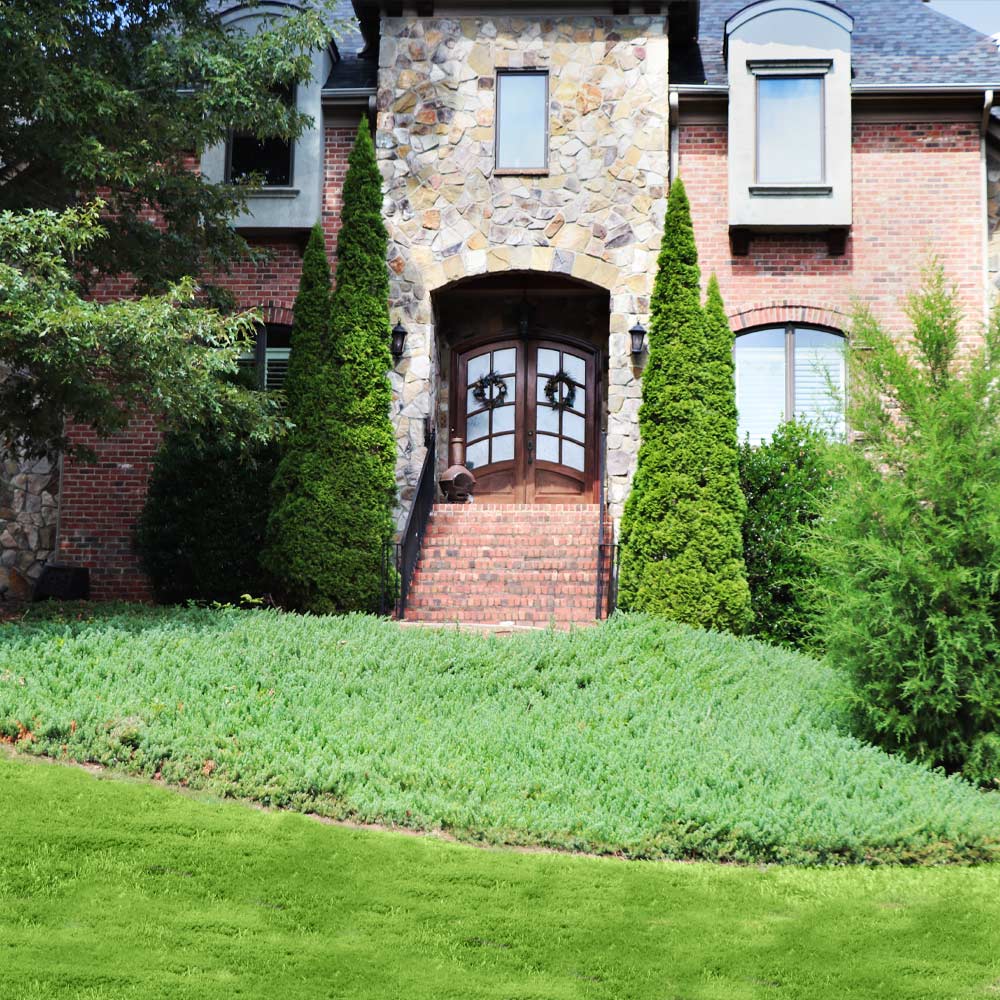

We may earn revenue from the products available on this page and participate in affiliate programs. Learn More ›
Not all areas of your yard are conducive to a grassy lawn, and that’s where ground cover comes in. Defined as a grouping of usually low-growing plants that spread over an entire area, ground cover creates a carpet of foliage while simultaneously squeezing out weeds. These hardy plants can often thrive in shady spots to add color and texture, as well control erosion on a slope or embankment.
Hundreds of plants can be used as ground cover—including vines, grasses, plants with spectacular blooms, even low-growing shrubs—and they’re perennial, meaning they come back every year from their roots. Still, different types of ground cover are suited to different locales and require different care. Read on to learn the dos and don’ts of choosing the right plants for your property and understand where, when, and how to get the best results.
DO choose plants well suited to your growing zone.

It’s tempting to page through a plant-and-seed catalog and pick the prettiest ones, but even ground cover can be finicky. For example, a plant that does well on the West Coast may not survive bitter New England winters. Check out the USDA Plant Hardiness Map to determine your growing zone, and then buy only the plants that will grow in your region.
RELATED: The Best Low-Maintenance Ground Cover Plants for Your Property
DON’T unintentionally plant an invasive species.
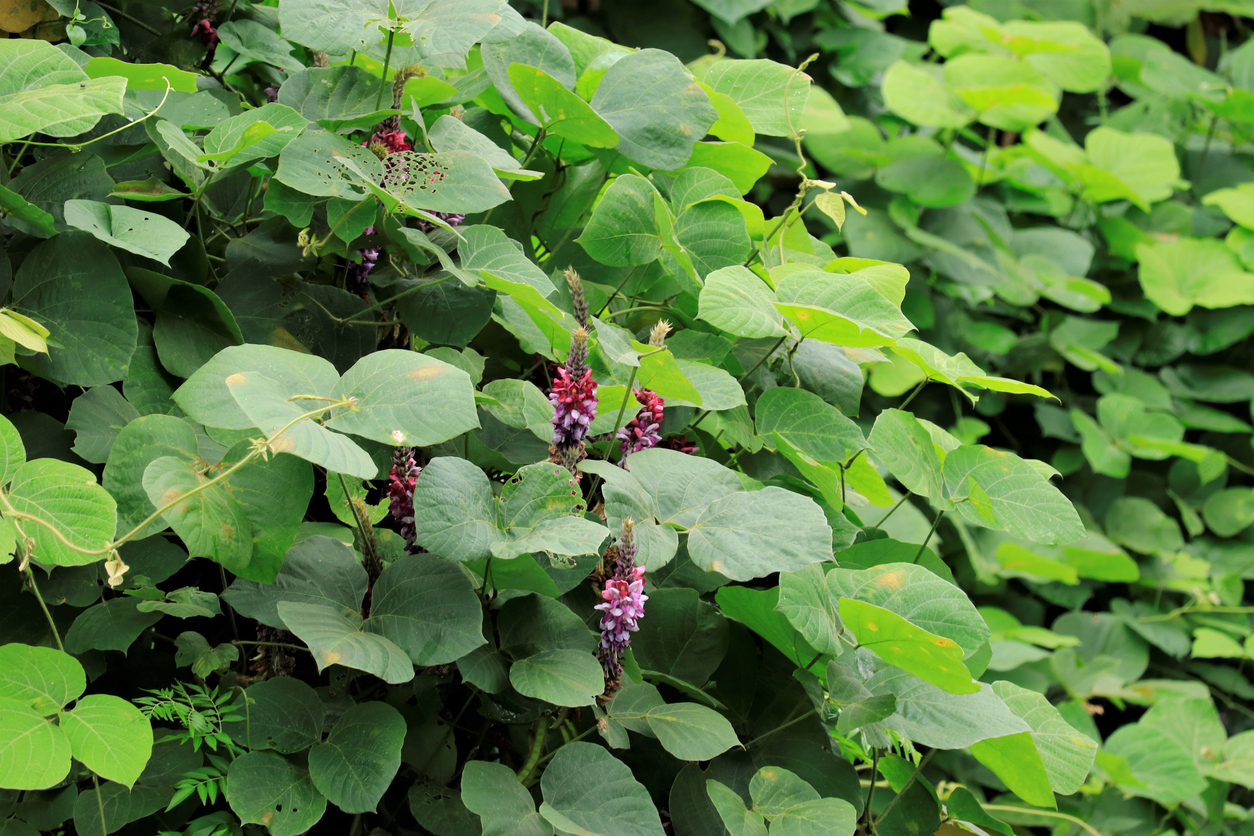
The desire to cover a stubborn spot in your yard is understandable, but planting an invasive species—such as kudzu, a plant that rapidly blankets bushes and trees, smothering and killing them—is asking for trouble. An invasive species can spread fast, beyond the area where you’d like it to grow, and you could spend years trying to eradicate it. Before choosing a plant, make sure it’s not on your state’s list of invasive plants.
RELATED: These Popular Plants Might Actually Be Bad for Your Garden
DO use shade-tolerant ground cover under large trees where grass won’t grow.
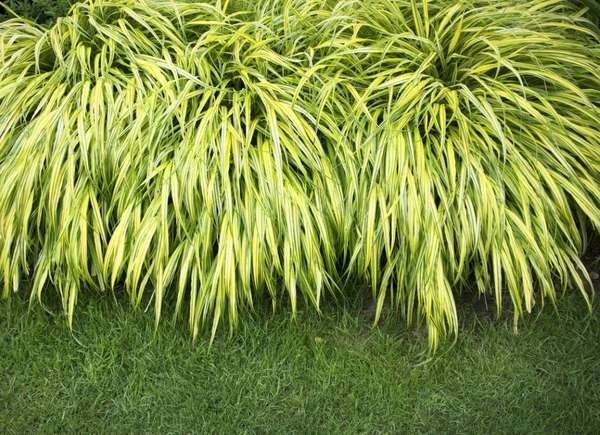
If the earth around trees is bare, it probably doesn’t receive enough sunlight for lawn grass—but the good news is that lots of types of ground cover love shade. Suitable choices include golden Japanese forest grass, pachysandra and lilyturf; depending on your growing zone, dozens of others might also be good options. Most plant retailers list the light requirements necessary for optimal plant growth on its label.
RELATED: The Dos and Don’ts of Landscaping Around Trees
DON’T forget to install a protective barrier between the ground cover, the lawn, and any perennial beds.
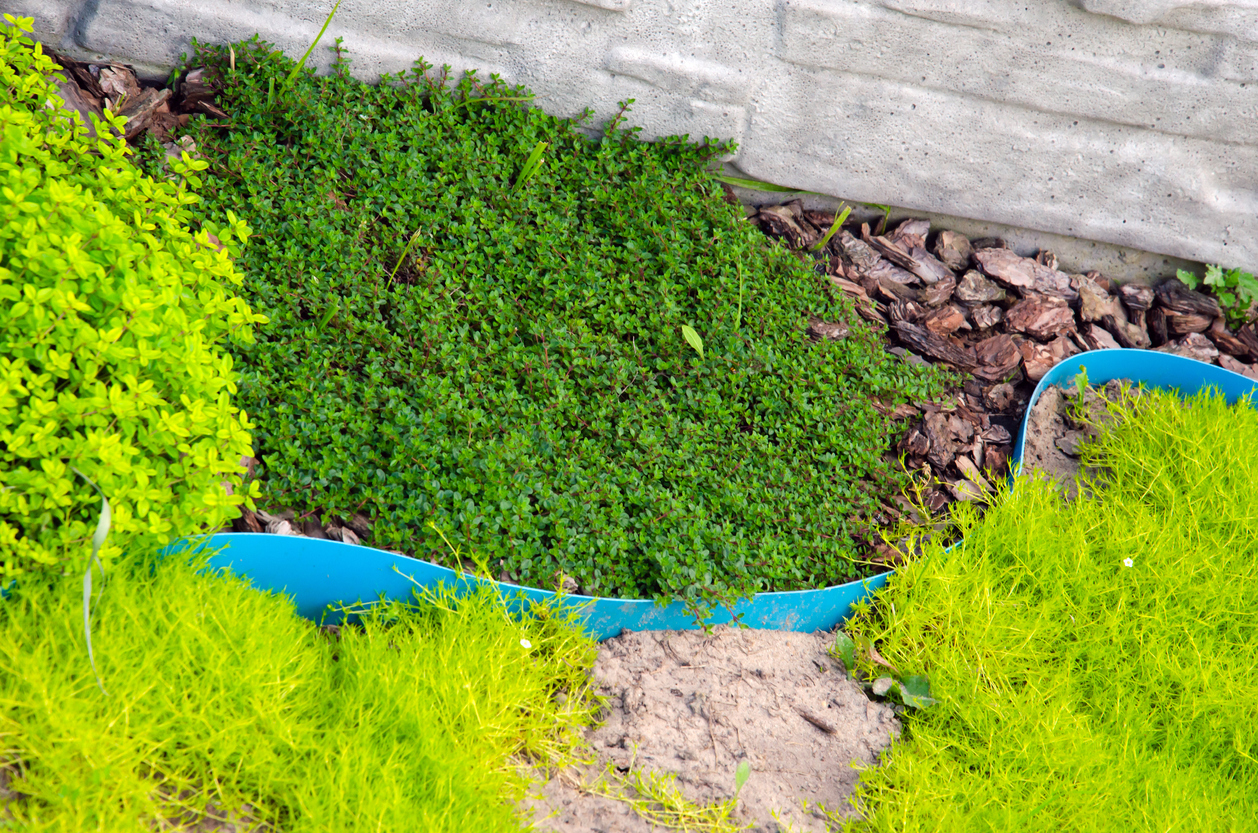
If the plants you choose spread by underground root development, which is common for many types of ground cover like evening primrose, you must create a barrier that extends below the surface to keep the roots from going where they shouldn’t. This can be accomplished by digging a narrow trench and inserting landscape edging, such as Grass Barrier 10-inch Depth Edging, to prevent ground cover roots from invading areas where they’re not wanted.
DO plant succulents in arid regions.

While many plants only thrive when they receive regular moisture, if you live in a dry location, such as New Mexico, southern Utah, or Nevada, you’ll get the best results with succulents. These plants, such as ice plant and stonecrop, store water in their thick leaves and roots, and when precipitation is scarce, they live off the water they retain. Not all succulents are prickly like cactus (the most commonly known type of succulent); other varieties feature soft, supple leaves, trailing vines, and bright, gem-colored blooms, such as purslane and royal dewflower.
RELATED: 17 Drought-Tolerant Plants That Can Survive Dry Spells
DON’T choose tender plants for high-traffic areas.
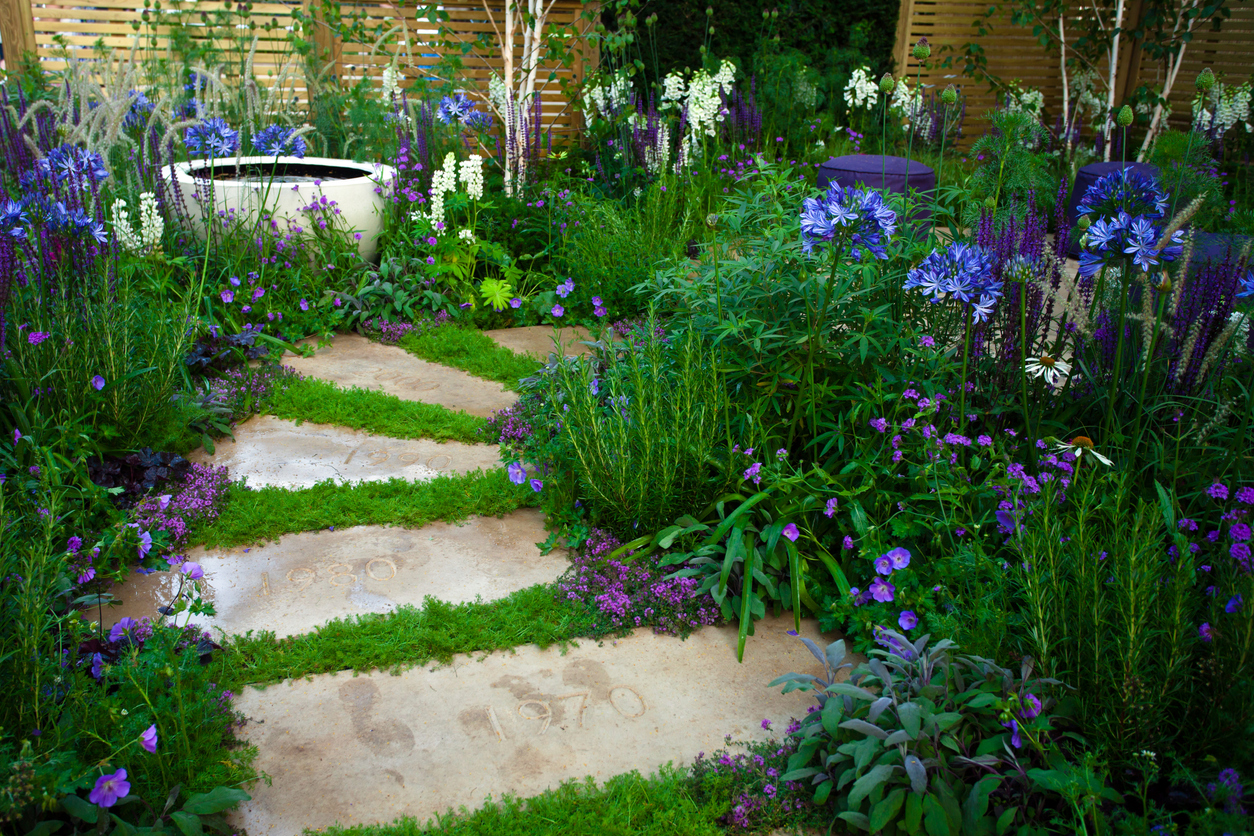
Creeping ground covers are favorites between flagstones and pavers to give walkways a cottage-y feel, but many plants can’t take being stepped on. Others, fortunately, are quite resilient, including carpet bugle, rockcress, and ground ivy, so read a plant’s label or research it online. To prevent tripping obstacles, only plant very low-growing plants in walkways.
DO choose deep-rooted plants for slopes that are prone to erosion.
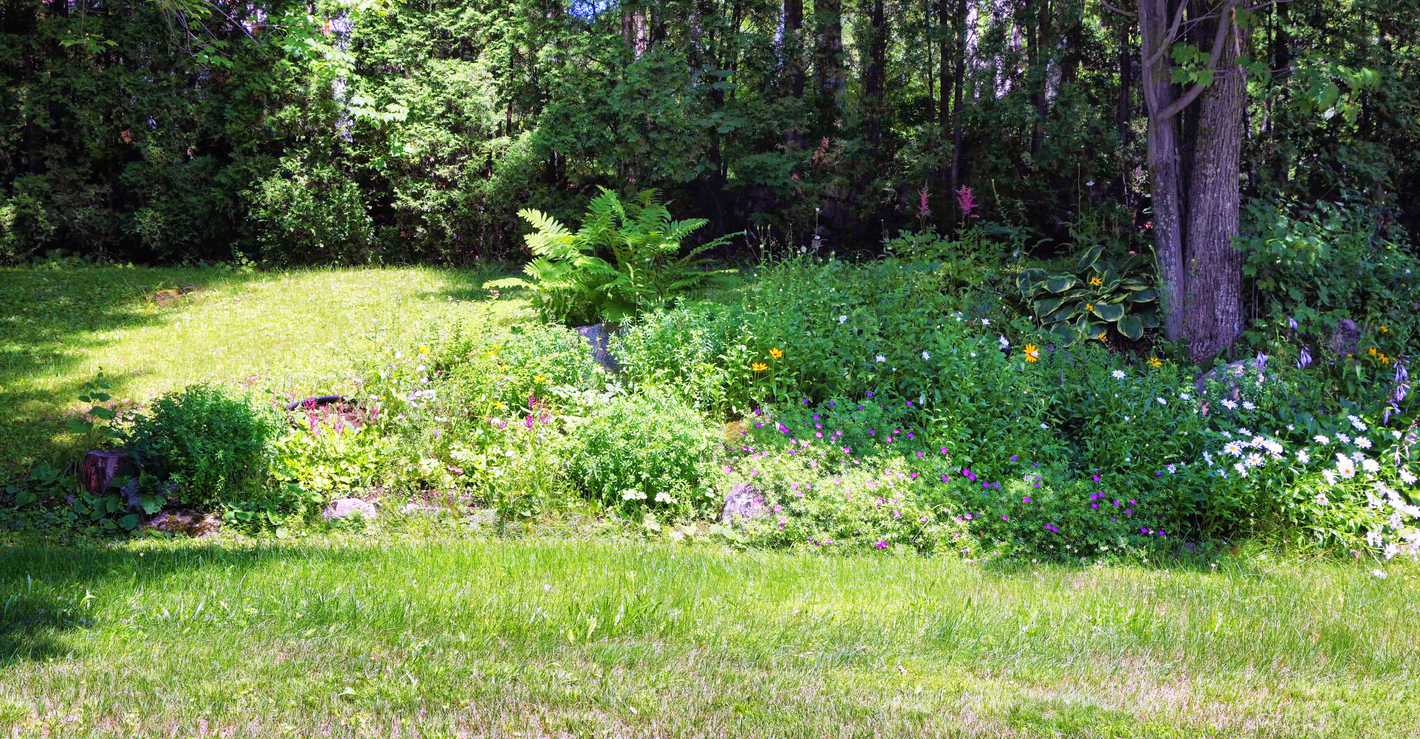
Heavy rains and high winds are the main causes of erosion on slopes, and plants with shallow root systems, such as cacti and most ferns, can quickly be washed or blown away. When planting ground cover to protect slopes and embankments, select those with deep roots that will secure the plant to the slope. Creeping juniper is a good choice.
RELATED: 12 Lush Landscaping Ideas for a Hilly Backyard
Don’t skip pre-planting prep work.

- Banish existing weeds, either by pulling or spraying with an herbicide and then preparing the soil for planting.
- Loosen soil on flat areas by tilling or turning with a shovel to a depth of 6 inches, then apply all-purpose, time-released fertilizer per package directions.
- Do not till steep slopes, because loose soil can lead to even more erosion. Instead, after removing weeds, dig a hole for each plant the same depth as the plant’s root ball and twice as wide. Center the plant in the hole and fill with good potting soil that contains an all-purpose fertilizer.
DO establish perennial beds before introducing ground cover.

Perennial beds that feature trees, shrubbery, and bushes are great spots for ground cover, but don’t plant both at the same time. Quick-growing ground cover plants can absorb the nutrients that newly planted bushes and trees need to get a good head start. Wait at least 6 months after getting larger plantings in the ground before adding the ground cover—you want to allow the larger plantings time to develop healthy root systems.
RELATED: 12 Gardening Mistakes That Are Killing Your Plants
DON’T skimp on ground cover plants.
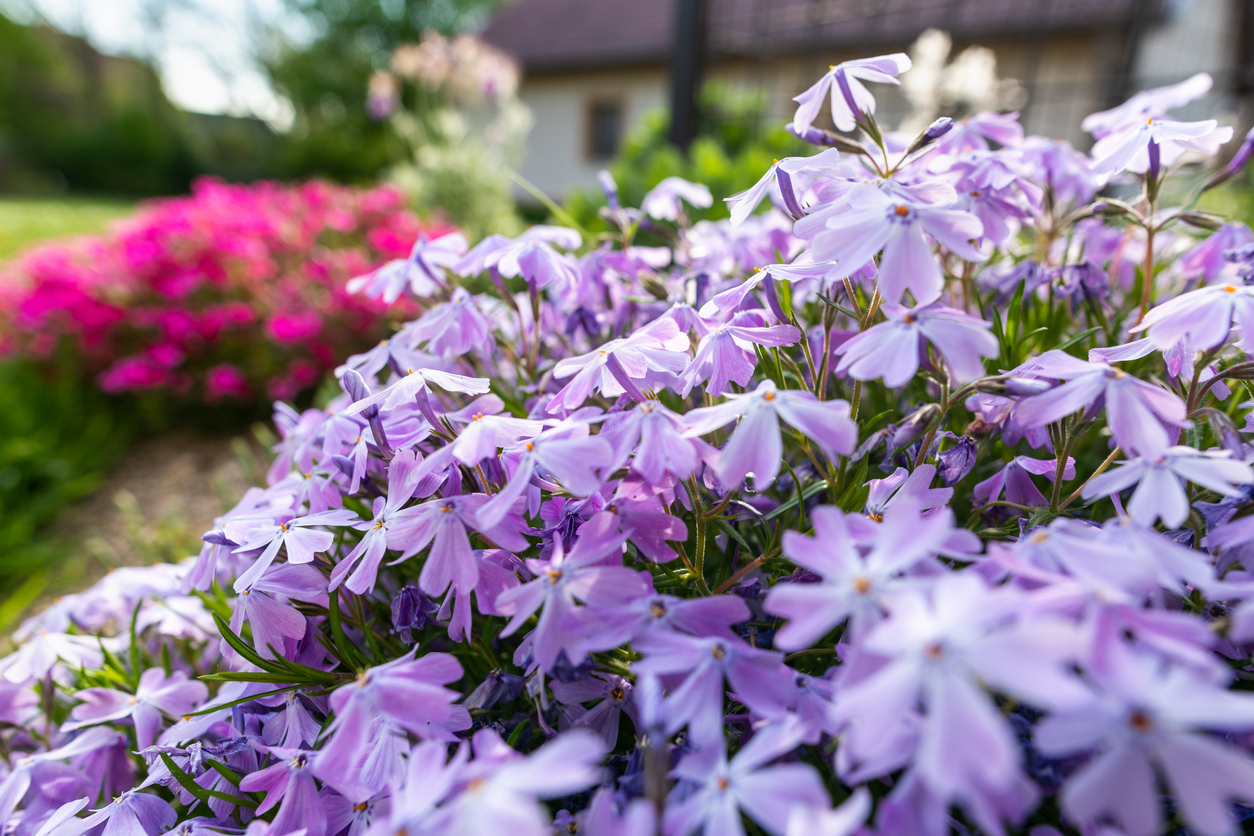
For the best results, space plants based on their predicted spread. For example, if a plant is supposed to cover a 3-foot area at maturity, such as many varieties of creeping phlox tend to do, you’ll want to locate one plant every 3 feet. If you had a 100-square-foot area to plant, you’d need at least 33 creeping phlox plants in order to get full coverage. While ground cover typically spreads into a dense carpet, if you plant too few, you’ll end up with spaces and bare spots where weeds can sneak in.
